If your product needs to connect with Spanish accounting software, Holded is probably on your radar. Modern, user-friendly, and packed with features, Holded helps SMEs manage their accounting more easily. But integrating it into your product can be tricky if you don’t know where to start.
This guide will walk you through the essentials of integrating with the Holded API, the best practices to follow, and how Chift makes the process way easier thanks to our Unified Accounting API.
What is the Holded API?
The Holded API is a RESTful interface that allows developers to interact programmatically with Holded’s platform. It provides access to a range of features, including invoices, contacts, products, and more. Authentication is handled via a simple API key, making it relatively easy to get started.
🔗 Developer documentation: Holded API Docs
Through Chift’s Unified Accounting API, software vendors can effortlessly connect to Holded and many more accounting software, simplifying their integration strategy.
[[cta_unified_accounting]]
Examples of Holded API integration use cases
Integrating Holded significantly enhances operational efficiency and expands the capabilities of your software solution. Here are common ways software vendors take advantage of accounting integrations:
Keeping customer records in sync with your accounting system
Ensure your CRM or ERP stays aligned with Holded by syncing customer data automatically, maintaining consistency and improving client relationship workflows.

Automating accounting entries via pre-accounting export
Enable your users to automatically push financial data and accounting entries into Holded (as well as other major accounting software), freeing them from repetitive manual tasks.

Feeding AP/AR data into cashflow forecasts in real time
Cashflow management solutions rely on Chift’s Unified Accounting API to sync open receivables and payables, helping them model future cash operations more accurately.
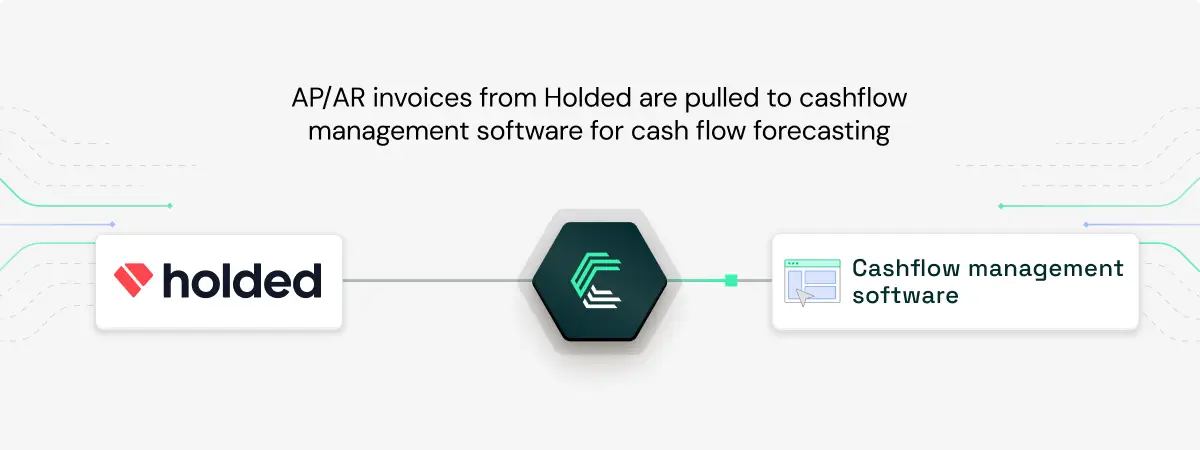
Evaluating loan eligibility for fintech lending platforms
Digital lending platforms can assess eligibility in record time by leveraging financial data pulled through Chift’s Unified Accounting and Unified Invoicing APIs in their algorythms.
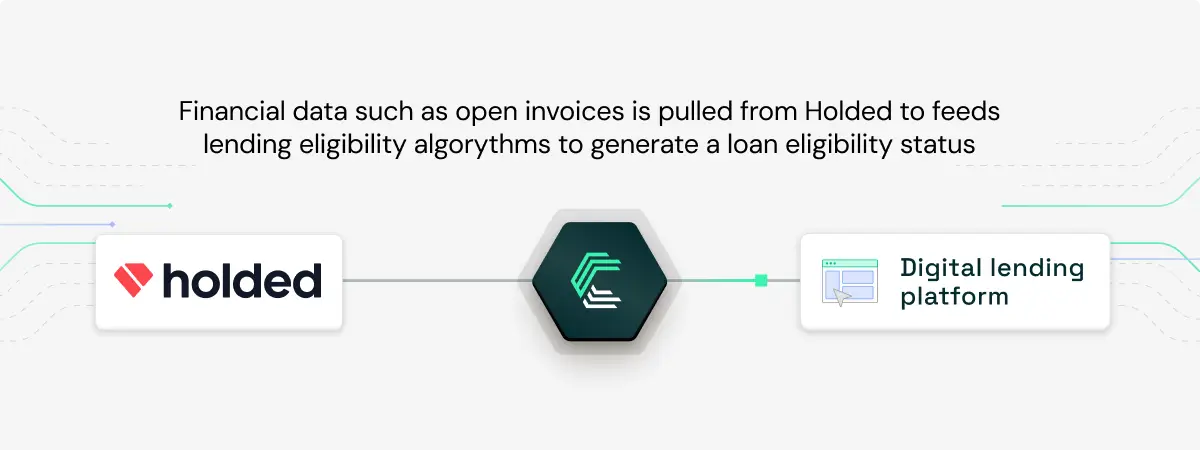
For more examples of how accounting integrations come to life, explore our Chift case studies.
How to get started with the Holded API
Here’s a quick checklist to get you rolling:
- Create or connect to a Holded account.
- Generate your API Key: You can do this from your Holded account right here.
- Use the key for authentication as per Holded's documentation.
Once you have your credentials, you're ready to begin fetching and pushing data.
Best practices for integrating with Holded
To ensure a smooth integration experience and avoid breaking things down the line, here are some key tips:
- Validate your data carefully: Holded’s API might accept unexpected data types or formats, which can cause issues later. Stick closely to their specifications when creating or updating records.
- Understand the Document schema: Many business workflows in Holded revolve around documents (like invoices and quotes). Knowing the different document types and their structure is essential to mapping data correctly.
- Plan around API limitations: Holded’s accounting endpoints are limited. Some features may require creative workarounds or enrichment on your side to fully match your internal models.
Why integrate with Holded using Chift instead?
Integrating with Holded directly might seem simple at first, but managing authentication, endpoints, edge cases, and data consistency across multiple accounting tools? That’s where it gets heavy.
With Chift’s Unified Accounting API, you integrate once and unlock access to Holded, Exact, Xero, Sage Génération Experts, Sage 100, Pennylane, MyUnisoft, Visma eAccounting, and many more with the same data model.
Here’s what that means for you:
✅ One integration to rule them all
✅ Fast onboarding for your users
✅ Standardized data across tools
✅ Built-in monitoring & logging
✅ White-glove onboarding experience (yes, even for on-premise tools)
Your dev team saves time. Your sales team opens new markets. And your product becomes the hero in your customers' tech stack.
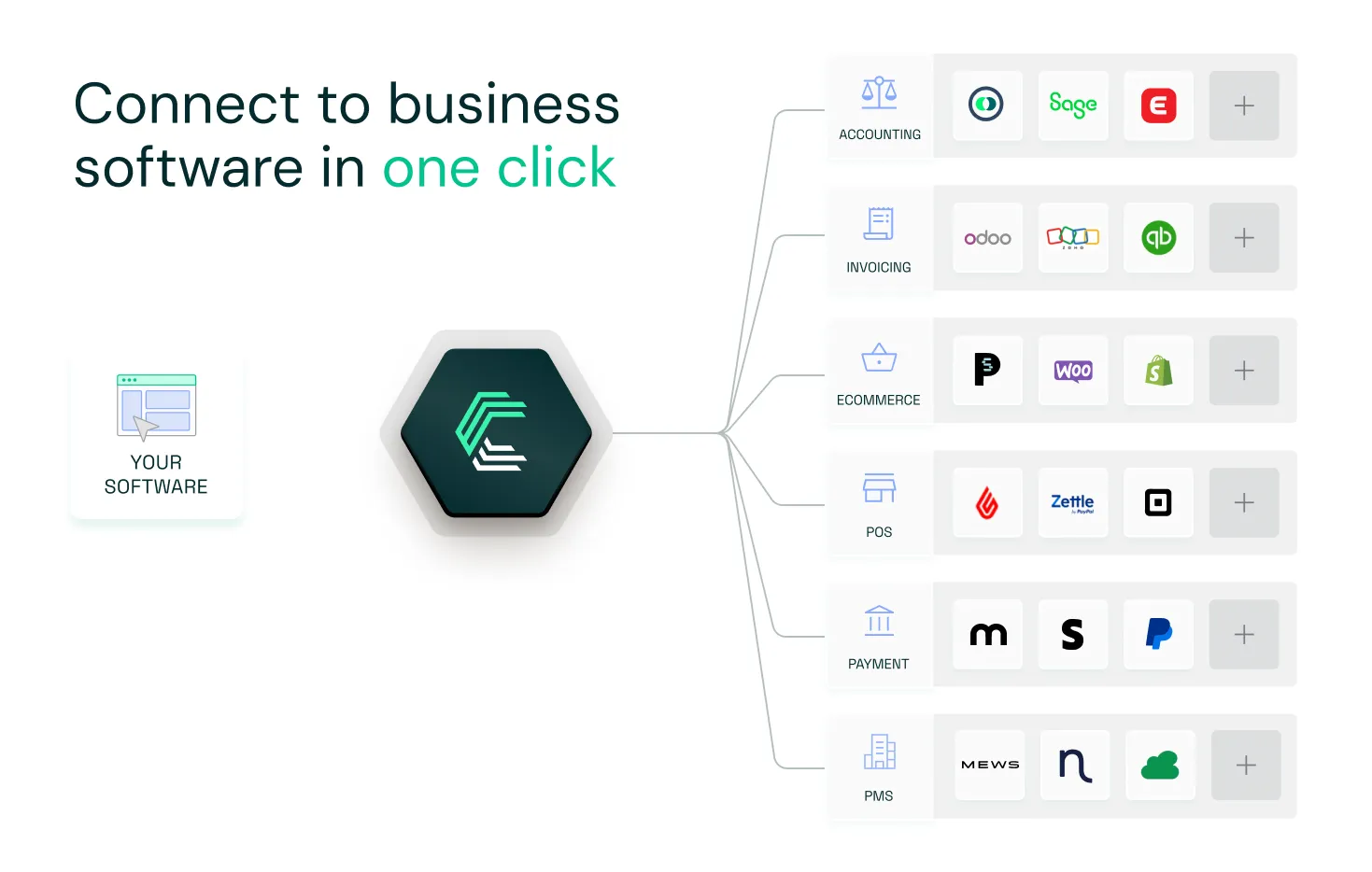
Want to see how Chift can power your integrations? Get in touch with our team today for a personalized demo!
Holded API integration FAQ
What Holded endpoints are accessible?
Integrating with Holded gives you access to multiple data models to push or pull information. For example:
- Clients
%%/clients%% - Suppliers
%%/suppliers%% - Invoices
%%/invoices%% - VAT Codes
%%/vat-codes%%
Consult our Holded API documentation for a list of all the available endpoints.
What are Holded API rate limits?
The good news? There’s no rate limiting, so you're free to pull or push as much data as needed—just be nice and avoid overloading their servers.
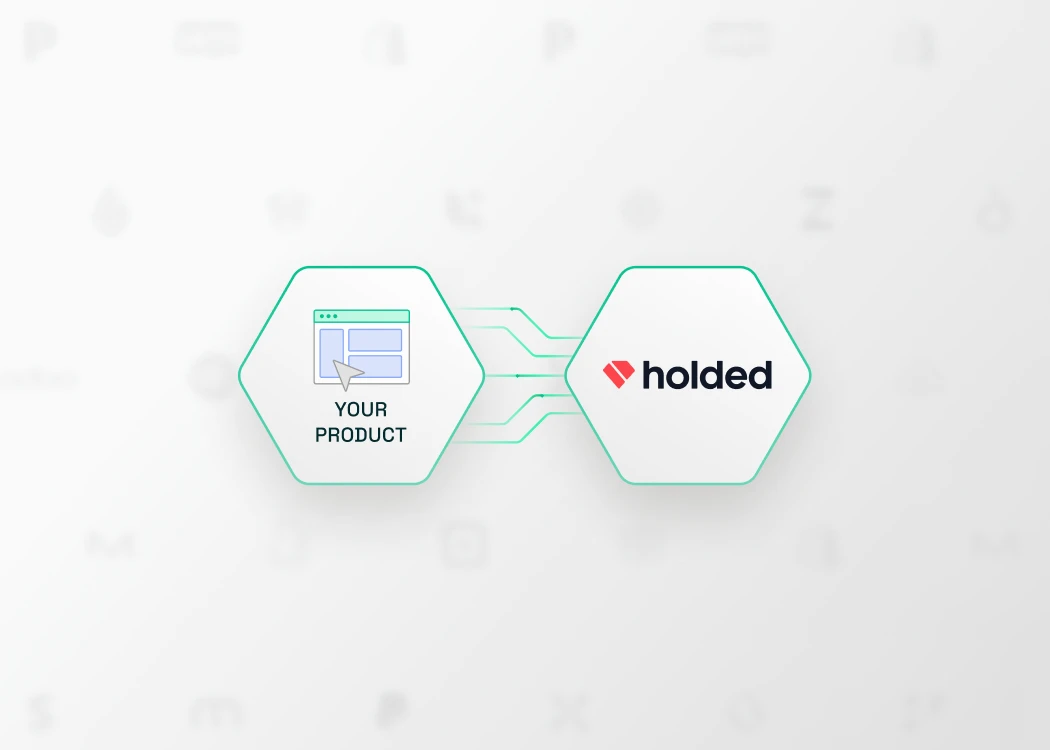
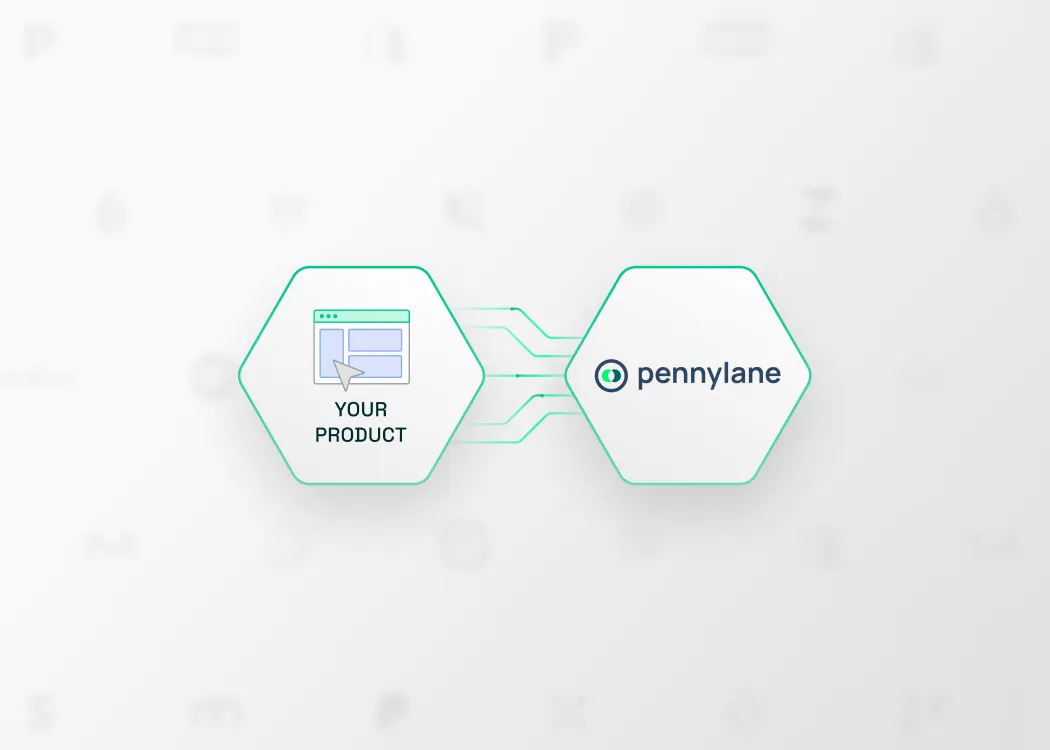


.webp)
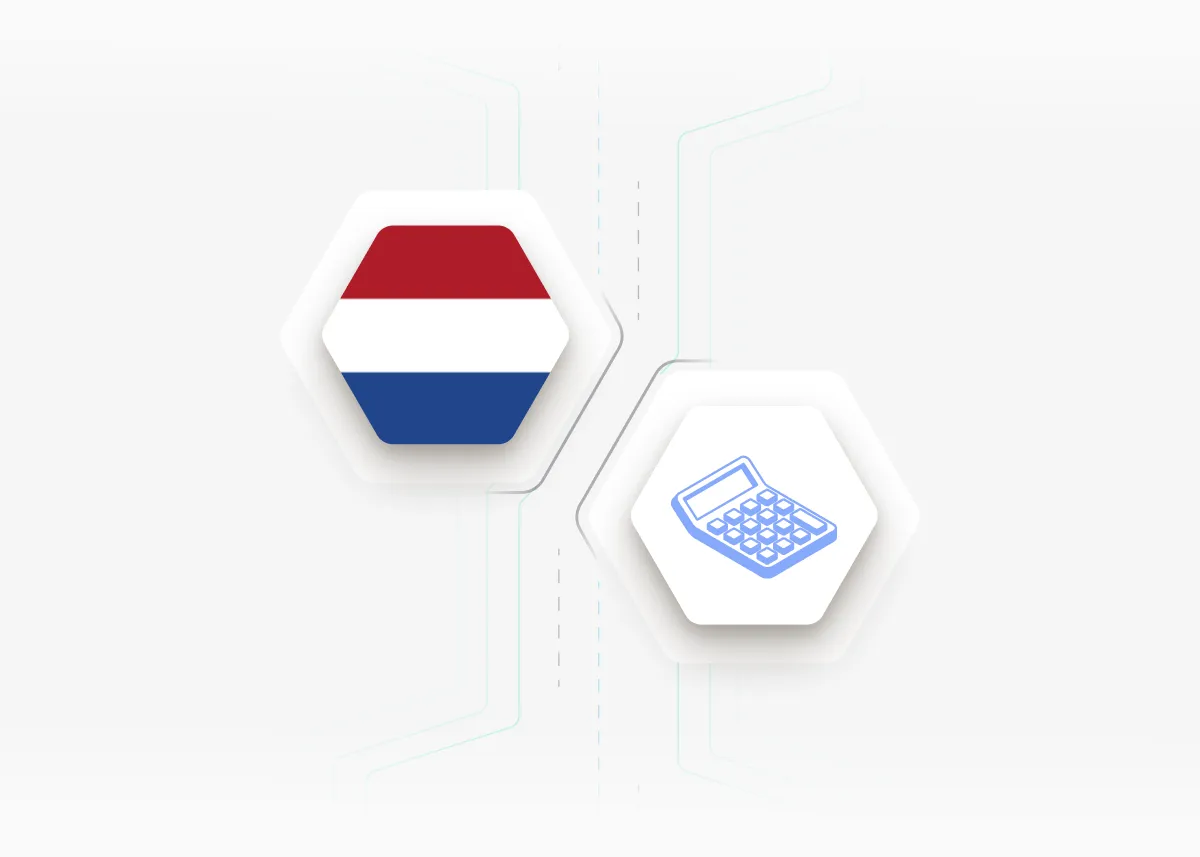
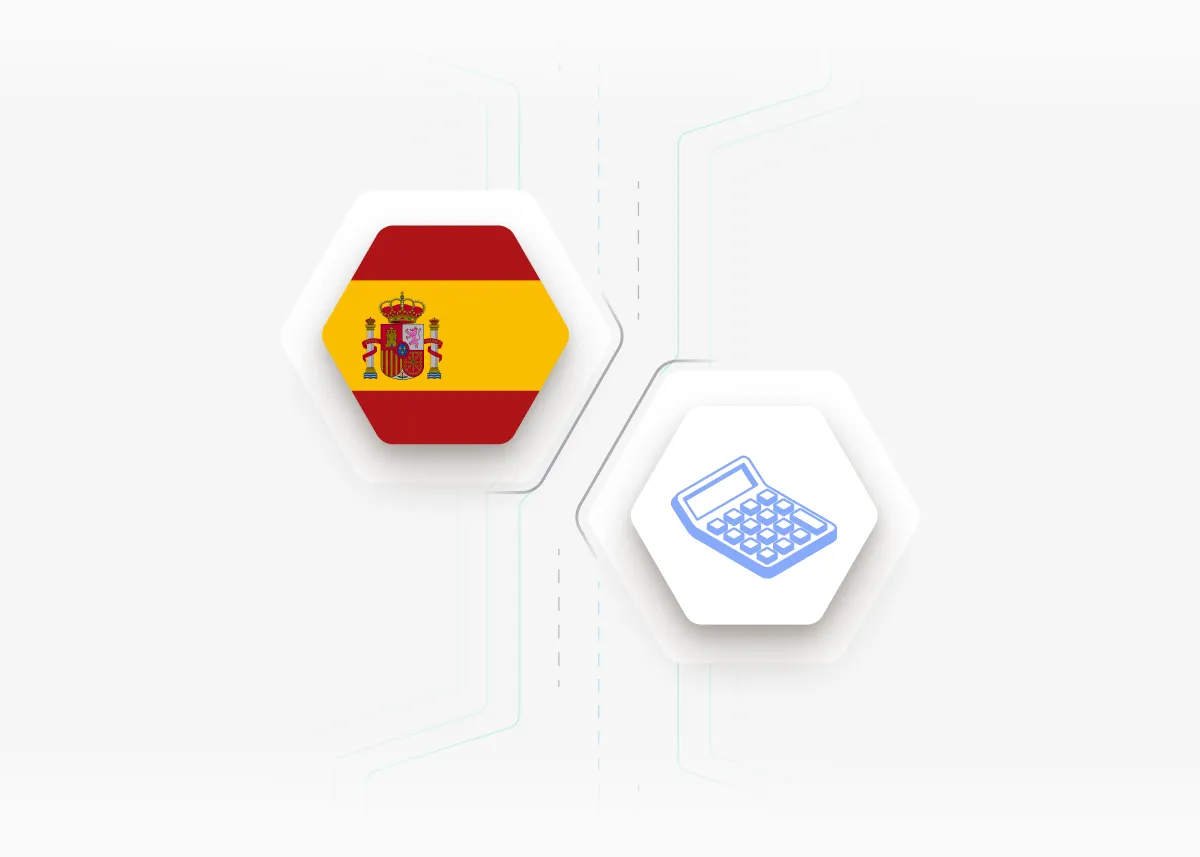


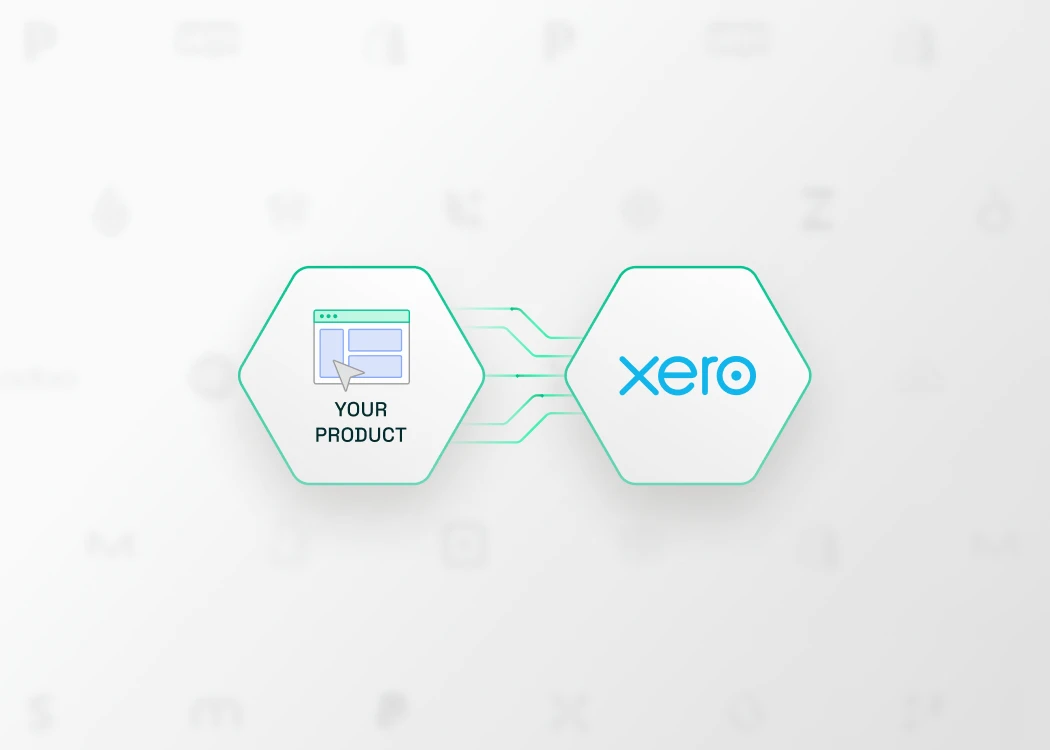



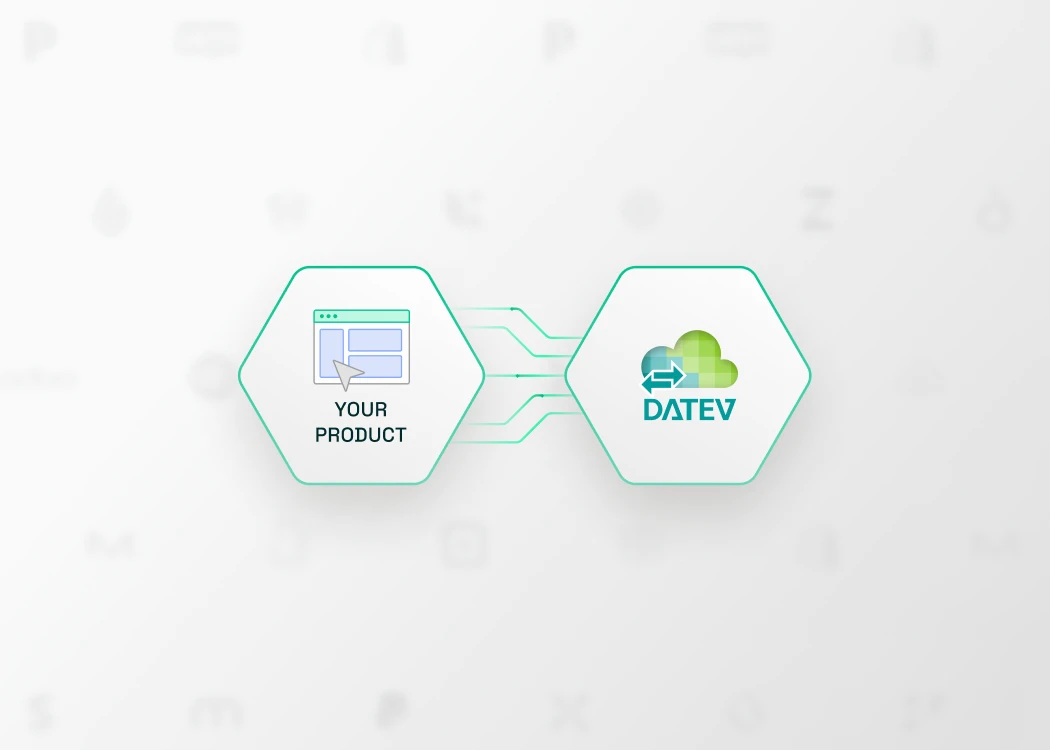
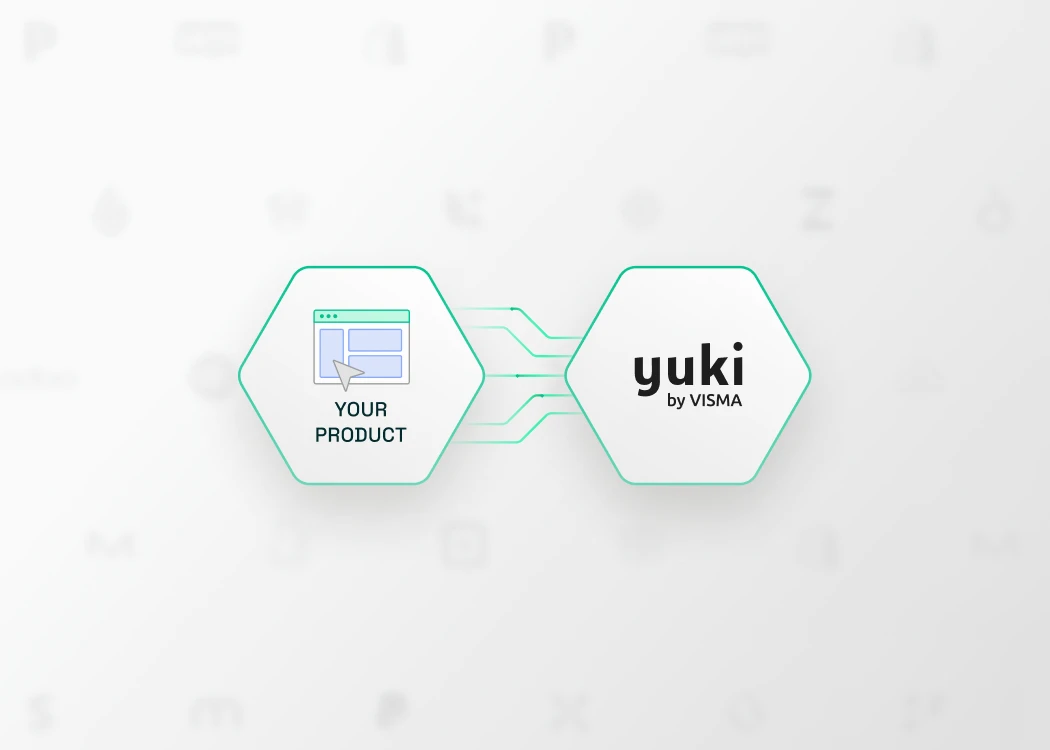






.avif)



